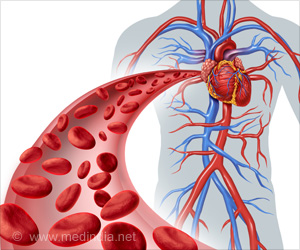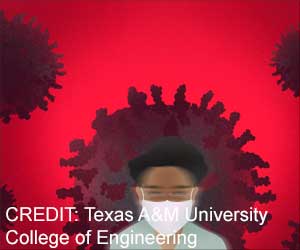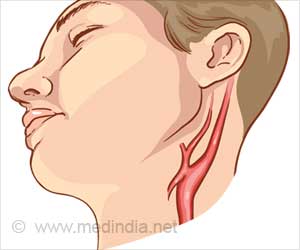The risk is greatest in people with the rashes on their faces, perhaps due to the proximity to the brain.
To better understand how this works, Bubak and his team began looking more closely at exosomes.
Researchers collected plasma samples from 13 patients with shingles and 10 without. The samples were taken at time of infection and at 3-month follow-ups for a subset of patients and exosomes were extracted from the plasma.
Advertisement
They also discovered proinflammatory exosomes that also pose risks for stroke at the 3-month follow-up.
Bubak said the findings suggest that in a subset of people with shingles, the virus may not return to latency or the circulating exosomes that induce a prolonged prothrombotic state may persist even after therapy is done and the rash is gone. He said using antiviral agents longer with the addition of antiplatelet and anti-inflammatory agents could help.
“As well as initiatives to increase HZ vaccine uptake to decrease stroke risk, particularly in individuals with known preexisting stroke risk factors,” said Bubak. “If these findings are confirmed with a larger longitudinal study, then this could change clinical practice.”
Most physicians are unaware of the connection between shingles – which has an effective vaccine – and stroke.
“But it’s really important and so easily mitigated,” Bubak said. “Send them home with antiplatelet agents.”
Source: Eurekalert



